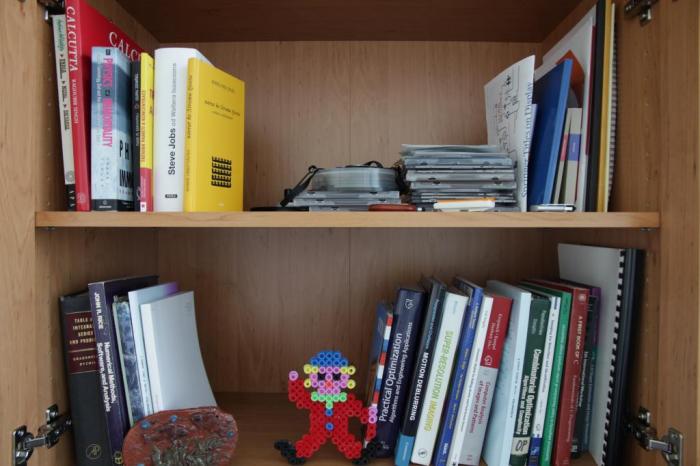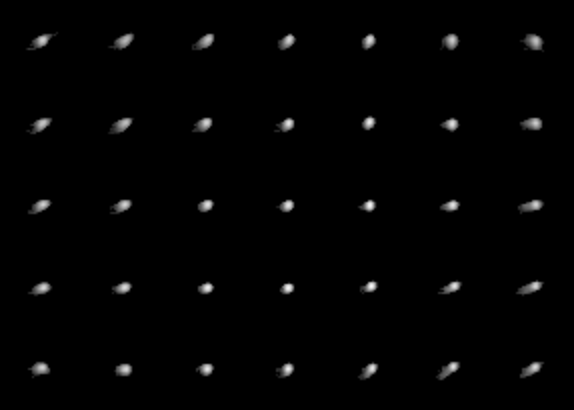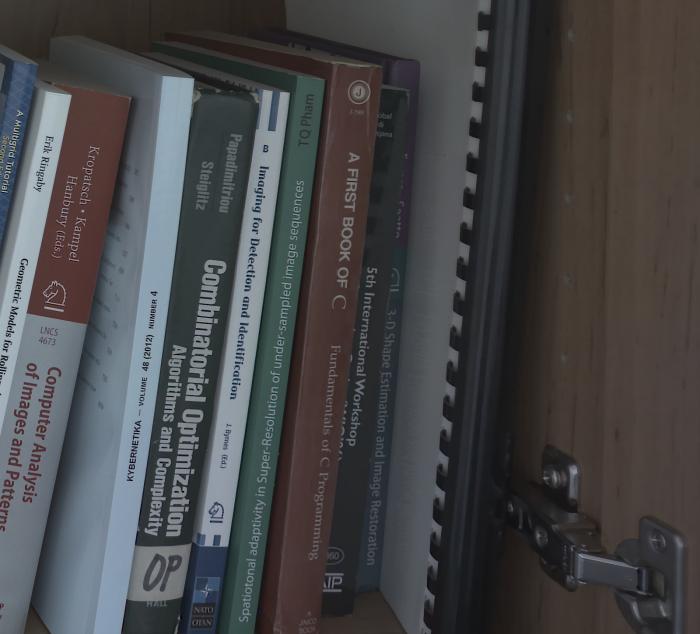Decomposition of Space-Variant Blur in Image Deconvolution
Standard convolution as a model of radiometric degradation is in majority of cases inaccurate as the blur varies in space and we are thus required to work with a computationally demanding space-variant model. Space-variant degradation can be approximately decomposed to a combination of standard convolutions and point-wise multiplications. The space-variant degradation operator contains different filters in columns and rows as illustrated in the following figure:

Decomposition can be carried out row-wise or column-wise. We propose a computationally efficient space-variant deconvolution algorithm that belongs to a category of alternating direction methods of multipliers, which consists of four update steps with closed-form solutions. Depending on the used decomposition, two variations of the algorithm exist with distinct properties. You can download the code here.
Examples on real data:
 |
 |
| Video frame from a traffic camera (Courtesy of Lukáš Maršík from CAMEA) | cropped region used for deconvolution |
 |
 |
| space-invariant deconvolution | space-variant deconvolution |
 |
 |
| JPEG image captured with a DSLR camera. A raw image was captured simultanously and used for reconstruction. | Space-variant optics blur estimated by a method propsoed by Radka Tezaur et al. "A system for estimating optics blur psfs from test chart images," EI 2015, vol. 9404. |
 |
 |
| cropped region of the JPEG image | space-variant reconstruction of the RAW image using blurs above |
| Details: | |
| Duration: | 2014-2015 |
| Contact person: | Filip Sroubek |
| Involved people: | Jan Kamenicky, Yue M. Lu(Harvard University) |
Publications:
-
Decomposition of Space-Variant Blur in Image Deconvolution, Signal Processing Letters, IEEE (2016)
doi: 10.1109/LSP.2016.2519764
